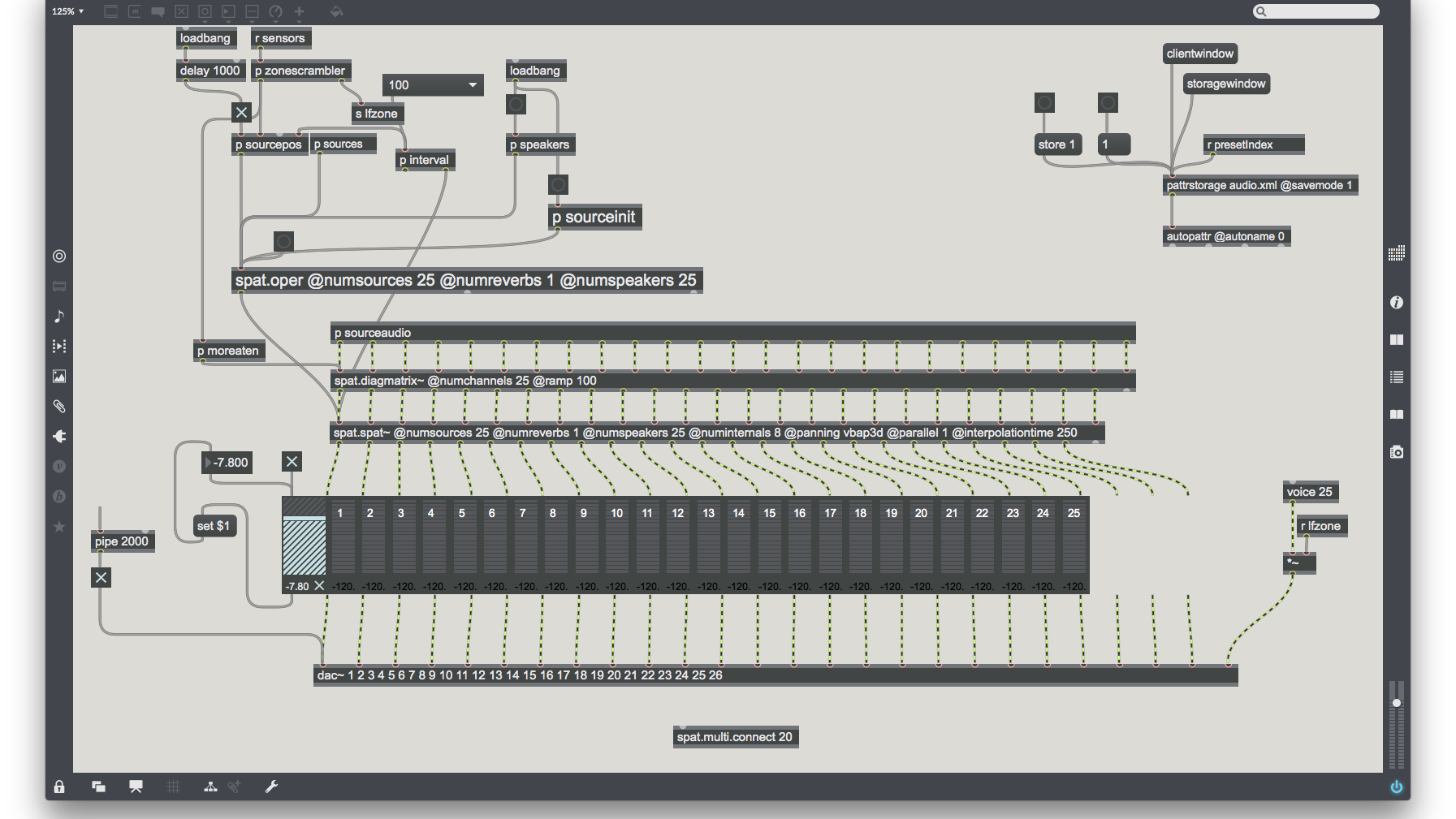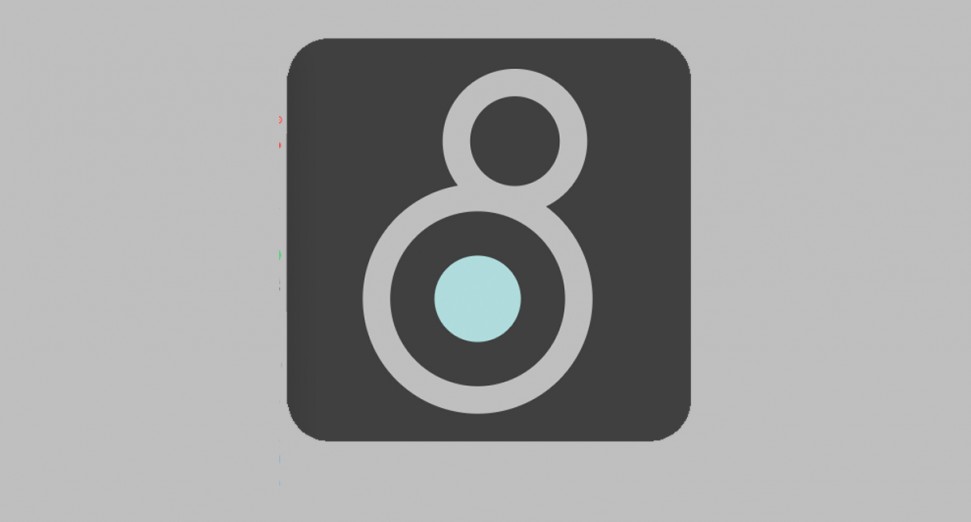Notam invites you to two evenings in September with an introduction to Max.
If you want to experiment with sound, Max might be thing for you. With Max, you can build your own solutions, and if you have a slightly unusual technical idea, it can usually be realized in Max. Max can be difficult to learn for beginners, and the idea behind this course is to give participants an easy way to start working with Max.
Individual guidance will be given along the way, and if the participants have questions and ideas of their own, we can solve this together. This introduction will also enable you to continue your own studies of Max after completing the course, so that you can become an advanced Max user in the long term.
The aim of the course
The aim of the course is to provide a simple and basic introduction to Max, so that after completing the course, participants can start producing their own solutions in Max. The course requires no prior knowledge of Max, but some knowledge of audio software is an advantage.
The course provides basic training both in programming in Max and working with digital audio. Participants will gain an understanding of working with sound and interaction, and this will be useful for people who work with, for example, sound engineering, music, composition, installations and interaction design.
After completing the course, you will have a good basis for further work and your own studies of Max. You will not become a Max expert in two evenings, but this course is a good place to start. If there is sufficient demand, Notam will launch a follow-up course after this course.
About Max
Max has become a kind of standard for working with interaction design, audio, video, sensors, and electronics. Max makes it possible to build tailor-made solutions where traditional programs fall short. This course will provide a good introduction to Max, so that after completing the course you will be able to start producing your own solutions.
Max is a program somewhere between a programming language and ordinary software. It is not as difficult to master as a proper programming language, but also not as intuitive as ordinary audio software. The advantages of this type of software compared to ordinary software is that the possibilities for flexible, tailor-made solutions are far greater.
There are other similar programs, but one of the advantages of Max is that the program is widespread so that you can easily get help and support if you encounter technical problems. Another advantage is that Max has a well-developed collection of documentation and help files so that it is easier to get started without too much experience.
Read more about Max here:
https://cycling74.com/products/max

About the teacher
Asbjørn Blokkum Flø (b. 1973) has a degree in composition from the Norwegian Academy of Music. Since 1999, he has worked as a freelance composer and sound artist with a focus on instrumental music, electronic music and sound art for radio and installations. He has worked with Max since the mid-90s and has extensive experience with interactive works.
Course plan
Evening 1:
Introduction to Max: hello world, simple math, user interface
Synthesis: oscillators, sampling
Granular synthesis
Evening 2:
Signal processing: filter, delay, plugins
Reverb
MC, RNBO, Max for Live
After the course, tips for further study
Practical information
Deadline for registration: 20 September 2024
Time: 26-27 September 2024, 18:00 – 21:00
Price: NOK 1,250
Language: Norwegian or English as required
Teacher: Asbjørn Blokkum Flø
Place: Notam, Oslo. This is a physical course and will not be published online.
Number of places: 12
There is a limited number of places. Place on the course is confirmed upon payment.
Paypal link
The course is paid via PayPal. Place on the course is confirmed upon payment. Go to the PayPal link here.
